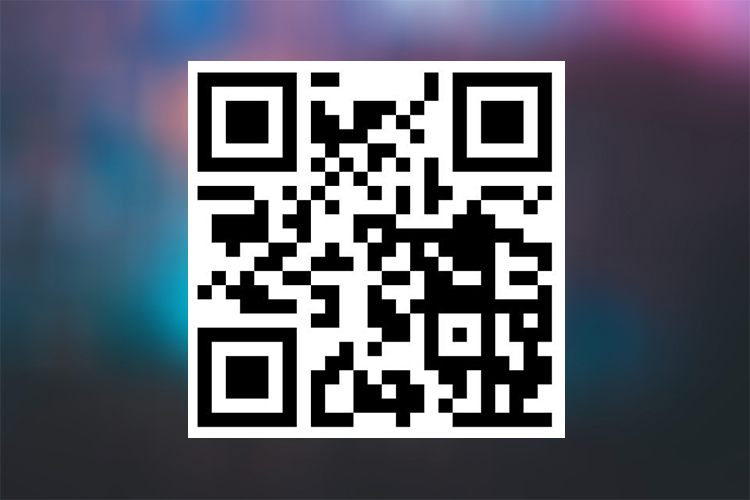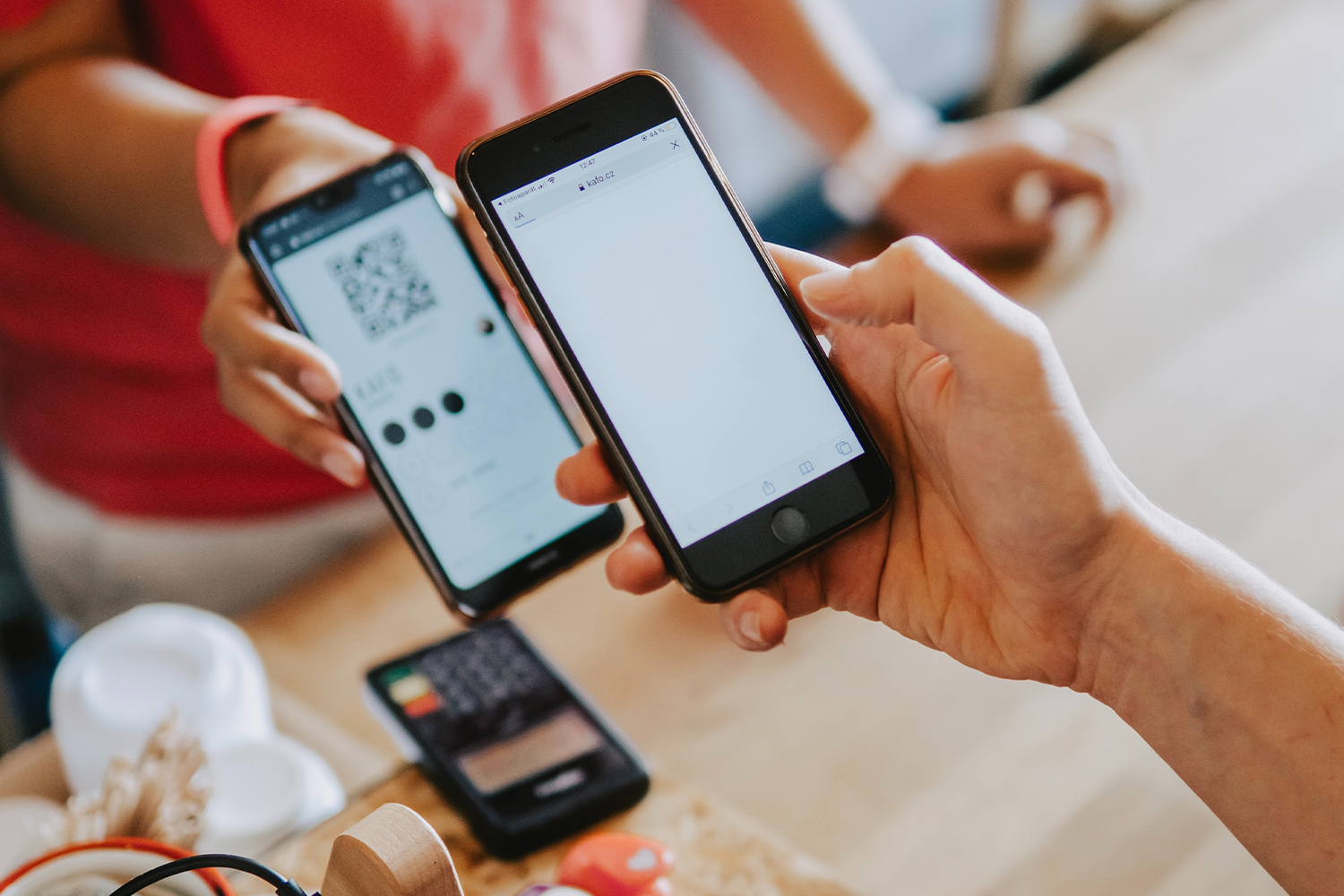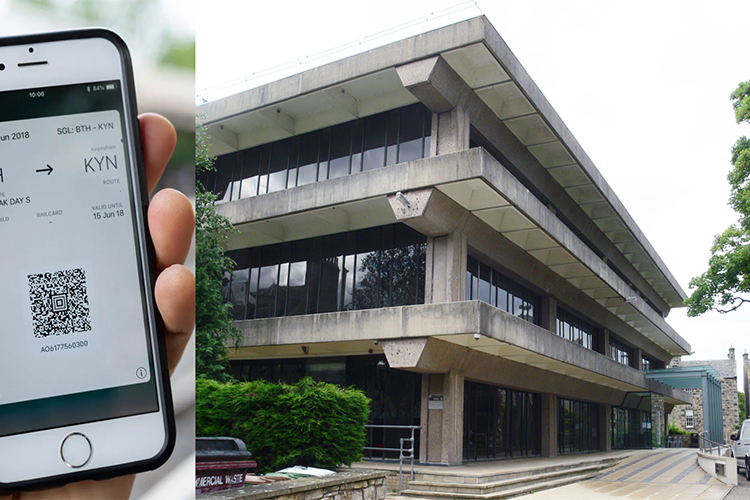Using QR codes in 2021
Of all the things that made a comeback in the last year, I did not expect QR codes to become so relevant again.
They have been popping up in more places than ever throughout the Covid-19 pandemic, and with good reason too. They are an accessible contactless interaction method to share data and information.
QR codes were popularised in the early 2010s, because of this they are considered old technology.
In reality, they were ahead of their time as their usage is now growing exponentially.
What is a QR code?
A Quick Response (QR) code is a matrix barcode (also known as a two-dimensional barcode) that can hold more information than traditional barcodes. Consumers scan the codes with their phones to activate the information they contain.
QR codes were invented in Japan in the mid-90s to track components in car production.

How do QR codes work?
A QR code works in the same way as a barcode at the supermarket. It is a machine-scannable image that can instantly be read using a smartphone camera.
Every QR code consists of several black squares and dots which represent certain pieces of information.
When the smartphone scans this code, it translates that information into something that can be easily understood by humans. That’s us.
They can hold a massive amount of data compared to standard barcodes – up to 2,500 numeric characters compared to a barcode’s 43.
That means really useful information, including names, locations and website addresses can all be reliably and cheaply held in one small box.
With the iOS11 update in 2017, all iPhones became able to read QR codes using the native camera application rather than using third-party apps.
This was a big move toward wider QR usage and could be the reason they are a good method of interaction now.
How are QR codes used?
Some of the basic usages that QR codes have include:
- directing customers to a website
- downloading an app quickly
- sharing business cards and contact information
- find an address and accurate directions
- converting one-time buyers into repeat customers
- encouraging customers to leave a review.
Advantages to QR codes
QR codes add no additional printing costs. As a result, QR codes are a great way to engage customers through existing printed material, whether that be a magazine, poster, store-display, product packaging, tag, or label.
There is a broad consumer knowledge of what QR codes are. They have been in the public consciousness for a decade now and they are highly visible and easily recognisable.
They have a high compatibility rate across devices and they are environmentally friendly.
Ultimately, they provide content beyond what is possible with static print.
Disadvantages to QR codes
Lighting is the main antagonist against QR codes. They require good lighting conditions for a phone camera to “see” them. This can be challenging at night or in a dimly lit room.
In the case of Android devices, they require a third-party app to be downloaded for scanning. There isn’t a natively integrated method using the phone camera like there is on iOS devices.
QR codes can be susceptible to physical damage either by being marked, bent, or scratched.
QR codes tend to have one time uses. They are usually printed on packaging or labels they are generally discarded after an item has been opened.
Finally, they are not secure. QR codes can easily be duplicated and shared, and so are not typically a good solution for anti-counterfeit or other sensitive applications.
Where do QR codes work best?
Because QR codes are printed, they work best on signage, packaging and labels.
Product packaging can provide recommendations and product information with a simple QR code to ensure customers understand the value of a product in hand.
During unboxing and installation of certain products, QR codes on packaging or labels can provide care-instructions or assembly instructions to make sure a customer gets the most out of their purchase.
They are useful for ticket purposes. Gone are the days where tickets are required to be printed ahead of an event. Simple using a QR code on a phone completes this one-time interaction.
QR codes comeback in 2020
QR codes are enjoying their moment in the spotlight thanks to their ability to connect the digital world to the physical.
Since the outbreak of the pandemic, many pubs and restaurants moved quickly to install QR code systems for track and trace purposes, and for checking menus.
In the UK, through the NHS, designated venues in certain sectors have a legal requirement to display NHS QR code posters so that customers with the NHS Covid-19 app can “check-in” using this option as an alternative to providing their contact details to the venue.
If someone tests positive for Covid-19 at that venue, then other visitors to the location are alerted by an app thanks to the data accumulated from QR code scans.
The NHS notes the app will retain information about which users have frequented the location for 21 days.
QR codes have deep smartphone market penetration and are widely recognized by the public as a way to access web content.
How can St Andrews benefit from the re-adoption of QR codes?
Simplifying the print prospectus
By reducing the amount of detailed content that is present in the print prospectus and replacing it with a QR code to the associated webpages this would have many benefits.
It would reduce paper usage and save printed content from expiring.
Prospectus students are also more likely to apply as they will have interaction with the next points in the application journey from their phones after browsing the content.
Student and staff ID cards stored on phone wallets
Using the Student app, users have the potential to save their student and staff ID cards as QR codes on their phone wallets.
They could use this to quickly scan in the library.
Gone are the days of rummaging in your bag looking for your assigned piece of plastic.
There is also the potential of utilising NFC technology to allow contactless entry to buildings. But that’s a discussion for another blog post.
How can QR codes be used around the house?
Sharing wifi information
Personally, I have a framed QR code in my living room. With a single scan, it can automatically connect visitors to my wifi network.
This has saved me the time of reading out my wifi password details out loud and has made it a very convenient way of connecting visitors devices to my home network.
Pet collars
A QR code could be used on the collar of a pet. This would be useful if your pet is ever lost. The QR code could direct users to a webpage with contact information and essential details of your pets dietary preferences or medical requirements.
Lost and found items
If you’re susceptible to losing a lot of everyday items like wallets, keys, bus cards, or travel cards, you could print little stickers of QR codes on these items that allow finders to contact you easily.

